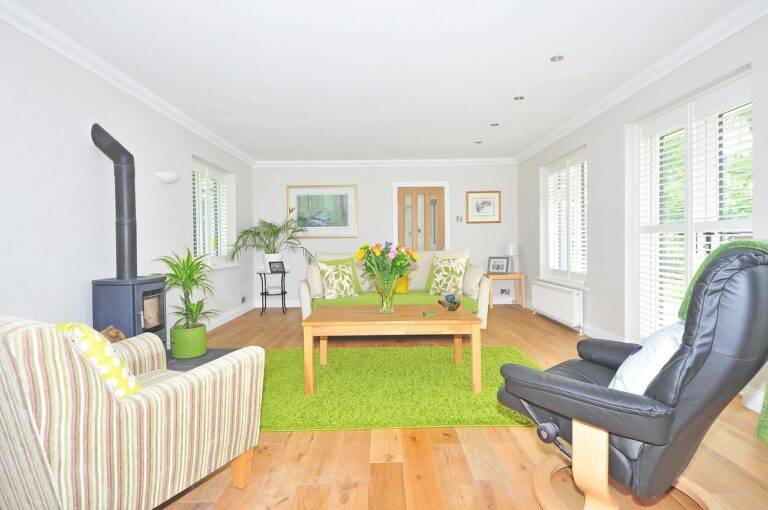Designing a Home Theater: Trends and Ideas
When designing your home theater, it is essential to assess the room’s size and layout to maximize the viewing and listening experience. Consider the placement of seating, screen, and speakers to ensure proper sightlines and sound balance. Additionally, think about ambient lighting and acoustic treatments to create an immersive environment free of distractions.
Another key element to consider is the selection of audio and video equipment that fits your budget and preferences. Research different brands and models to find the right balance between quality and affordability. Investing in high-quality components will enhance the overall performance of your home theater system and allow you to enjoy a true cinematic experience from the comfort of your own home.
Ideal Room Size and Layout for the Ultimate Home Theater Experience
When planning the layout of your home theater, it is crucial to consider the dimensions of the room. The size of the room will significantly impact your overall viewing and sound experience. Ideally, your home theater should be in a room that is rectangular in shape rather than square, as this will help with acoustics and seating arrangements.
In terms of room size, it is recommended to have a space that can comfortably accommodate seating for all viewers while still allowing for optimal placement of the screen and speakers. Aim for a room that is at least 20 feet long and 13 feet wide for a truly immersive home theater experience. Additionally, consider the height of the room to ensure there is enough space for ceiling-mounted projectors or overhead speakers.
What are the key elements to consider before designing a home theater?
Before designing a home theater, it is important to consider the size of the room, the layout, the seating arrangement, the acoustics, the lighting, and the audio-visual equipment.
What is the ideal room size for the ultimate home theater experience?
The ideal room size for a home theater will depend on the number of seats you want, the screen size, and the distance between the screen and the seating area. Generally, a room size of around 20 feet by 13 feet is recommended for a comfortable viewing experience.
How should the layout of the home theater be designed for the best experience?
The layout of the home theater should be designed in such a way that all seating areas have a clear view of the screen, the speakers are strategically placed for optimal sound quality, and there is enough space for comfortable seating and movement.
What seating arrangement is best for a home theater?
The seating arrangement in a home theater should be arranged in a way that ensures everyone has a clear view of the screen and the speakers. Reclining chairs or a large sectional sofa are popular choices for a comfortable viewing experience.
How can I optimize the acoustics in my home theater?
To optimize the acoustics in your home theater, you can use acoustic panels on the walls, install carpeting or rugs to absorb sound, and position the speakers correctly for optimal sound distribution.
What kind of lighting is best for a home theater?
The best lighting for a home theater is dimmable, adjustable lighting that can be controlled with a remote or smart home system. It is important to have enough lighting to move around safely, but dim enough to enhance the viewing experience.
What audio-visual equipment is essential for a home theater?
Essential audio-visual equipment for a home theater includes a high-quality projector or large-screen TV, surround sound speakers, a receiver or amplifier, and media players such as a Blu-ray player or streaming device.





